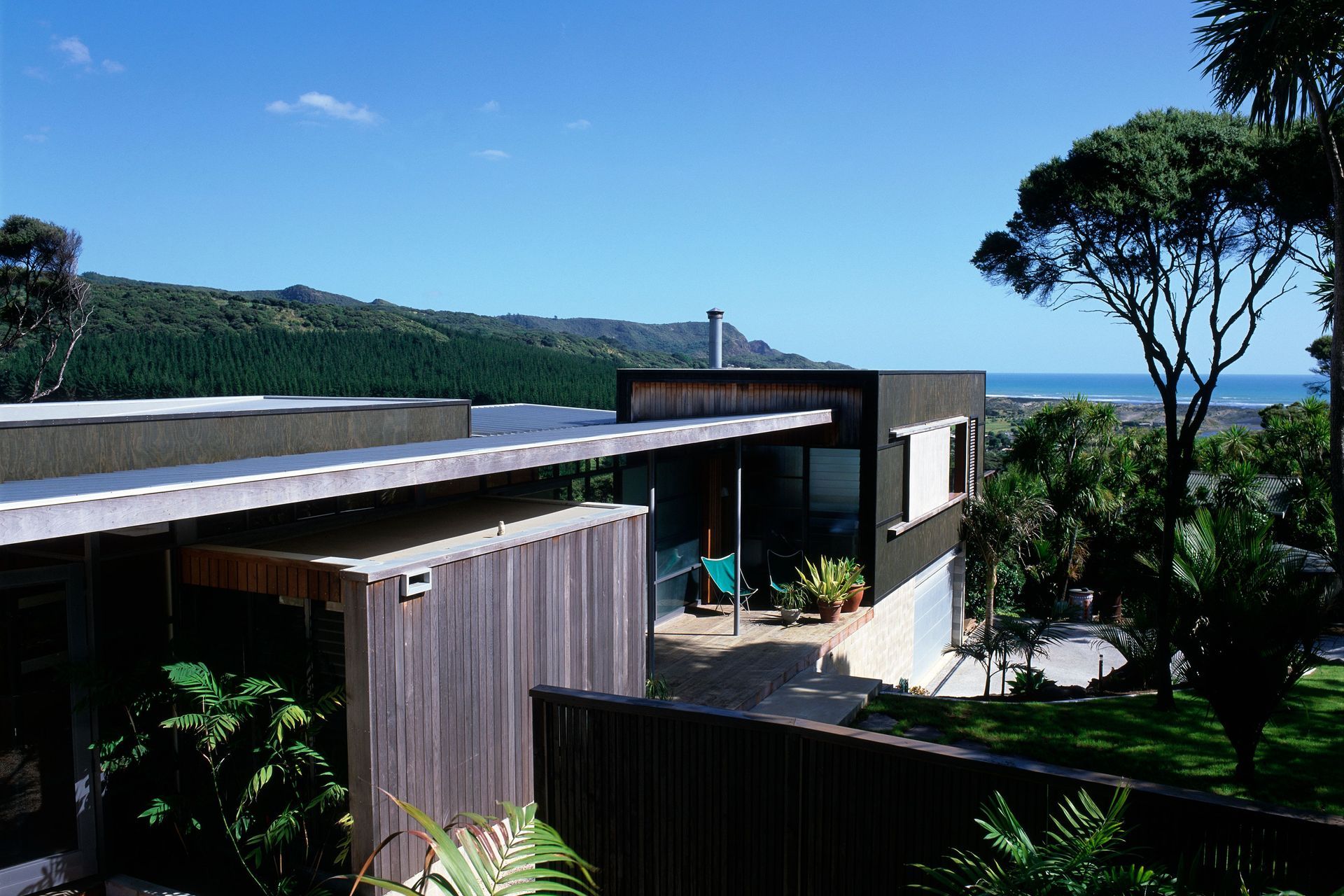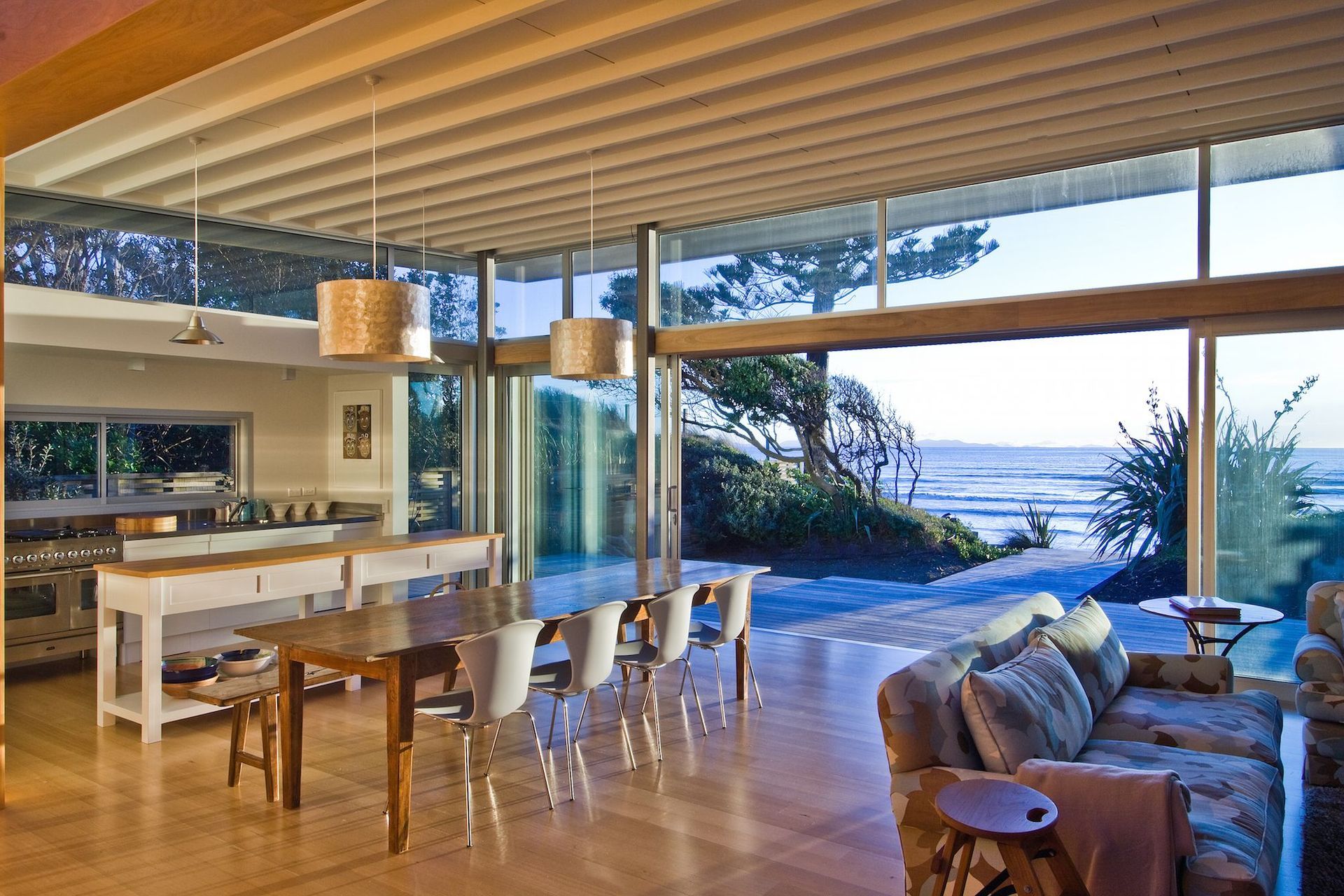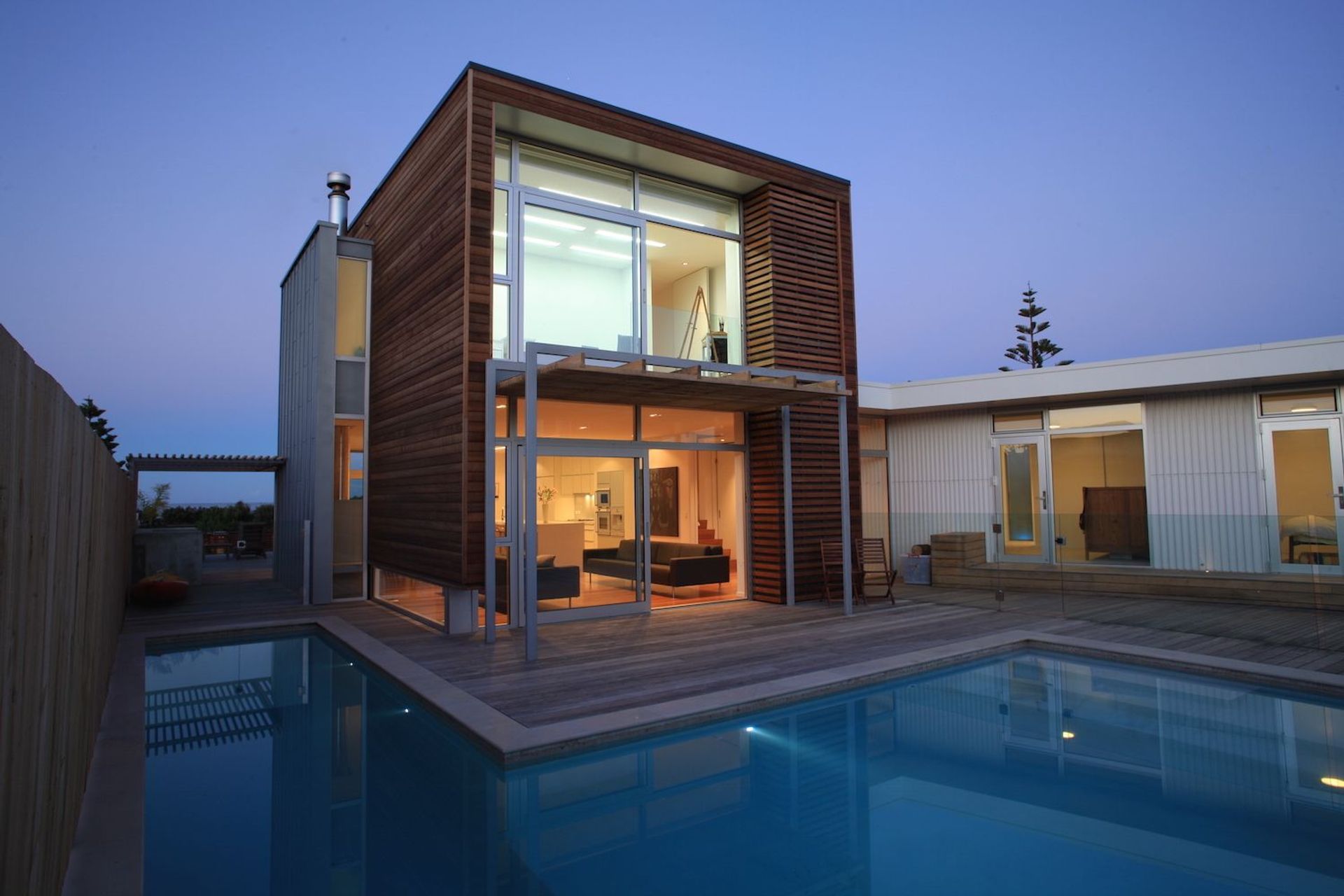Potential in the Bay
Written by
17 June 2018
•
3 min read

As urban New Zealand sits on the cusp of change in terms of the density of living, architect Jenny Duck consciously swapped her more traditional standalone home and section in Christchurch for an apartment in central Tauranga.
It’s taught her a lot of things about living in closer proximity to others, and is an experience, she says, which is highly valuable and will help to inform her future work.
“We’ve learnt about the dynamics of proximity, the importance of naturally lit, well designed functional spaces and having easy accessible green spaces,” Jenny says
Jenny was brought up in Wellington and fondly remembers family holidays on the northern east coast beaches. “I’m really interested in coastal properties and how the beach landscape can create a retreat from the busy lifestyles we all seem to live,” she says. “Life balance becomes more important as we get older and being part of a team creating beautifully-crafted architecture is very exciting and rewarding.”

While Tauranga and the wider Bay of Plenty offers a lot of opportunity in the terms of coastal properties, it’s also a city where population growth and commercial interest are developing at pace.
And with that comes the need for versatility in terms of design. “Variety is exciting, and that’s exactly what this region offers,” Jenny says. “From commercial buildings to higher density residential projects, right through to more rural, inland sites – the scope fits well with Herriot Melhuish O'Neill Architects' (HMOA) portfolio.”
With studios in Auckland, Wellington and Christchurch, Jenny’s skills and experience are backed up by the resources of the wider practice, including HMOA directors who regularly fly into the Bay.
But it’s the supportive, inclusive culture of HMOA, including its commitment to the recently launched Diversity Agenda that has Jenny most proud. “We now have a female associate of a well-established, award-winning practice running a new regional studio. I’m proud to be representing HMOA in the Bay and feel really inspired about what’s ahead.”
In terms of higher density urban living, Jenny believes the next generation is helping to shape a changing attitude to living in smaller spaces. “A lot of younger people are travelling overseas and coming back from experiencing different housing typologies. They’re used to it and are happy to explore alternative options to the traditional freestanding house when they do come home, which is great because it’s something we certainly need to move towards.”

With higher density living though, comes another requirement – that of the need for people to be able to connect with the outdoors. It’s something Jenny herself has experienced in her new apartment lifestyle in central Tauranga. “You still need access to quality outdoor spaces,” she says. “Whether that’s a balcony or courtyard, a neighbourhood park or waterfront, you need outdoor space.” Jenny says, “Tauranga is working hard to create these recreational spaces.”
She acknowledges they don’t necessarily need to be fully defined; they grow and develop over time as people use them in different ways and create a life of their own.
It’s a changing dynamic in terms of residential housing in New Zealand at the moment, but that’s part of the allure of architecture for Jenny. “Things are constantly evolving from materials to technology and with that comes a spectacular opportunity for design.”
Make sure you visit Herriot Melhuish O’Neill Architects on ArchiPro here to have a look at their award-winning work.
